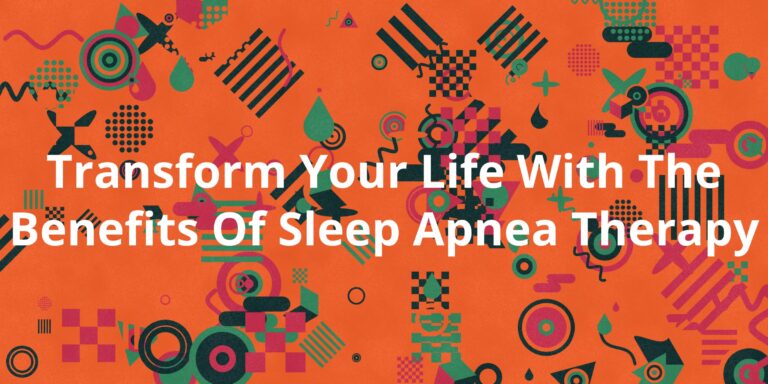Sleep apnea is a common sleep disorder that affects millions of people worldwide. It is characterized by repeated breathing pauses or interruptions during sleep, which can lead to restless nights and daytime fatigue. Fortunately, there are many ways to manage sleep apnea and improve the quality of your sleep. In this comprehensive guide, we will explore the causes of sleep apnea, its symptoms, and the various treatments available to help you sleep like a baby.
Causes of Sleep Apnea
Sleep apnea occurs when the airways become narrowed or obstructed during sleep, causing breathing difficulties. There are two main types of sleep apnea: obstructive sleep apnea and central sleep apnea.
Obstructive sleep apnea is caused by a blockage in the airway, usually due to excess tissue or muscle in the throat. It is more common than central sleep apnea and can often be treated with lifestyle changes or medical devices.
Central sleep apnea, on the other hand, is caused by a problem with the signals between the brain and the muscles that control breathing. It is less common than obstructive sleep apnea but can still be effectively managed with treatment.
Symptoms of Sleep Apnea
The symptoms of sleep apnea may vary depending on the type and severity of the condition. However, some common symptoms include:
* Loud snoring or gasping for air during sleep
* Breathing pauses or interruptions during sleep
* Restless nights and daytime fatigue
* Headaches in the morning
* Difficulty concentrating or remembering things
* Mood changes, such as irritability or depression
Treatments for Sleep Apnea
There are several treatments available for sleep apnea, including:
1. Lifestyle Changes: Making lifestyle changes can help alleviate symptoms of sleep apnea. These may include losing weight, quitting smoking, and avoiding alcohol before bedtime.
2. Continuous Positive Airway Pressure (CPAP) Therapy: CPAP therapy involves wearing a mask that delivers pressurized air through your nose or mouth to keep the airways open during sleep. This is the most common treatment for obstructive sleep apnea and can be highly effective.
3. Mandibular Advancement Devices (MADs): MADs are similar to CPAP therapy but involve wearing a device that moves the lower jaw forward to keep the airways open. They are less invasive than CPAP therapy and may be more comfortable for some people.
4. Surgery: In severe cases of sleep apnea, surgery may be recommended to remove excess tissue or muscle from the throat or to correct any structural issues that may be causing the condition.
5. Alternative Treatments: Some people with sleep apnea may find relief through alternative treatments such as acupuncture, hypnosis, or herbal remedies. However, these should only be used in conjunction with medical treatment and under the guidance of a healthcare professional.
Conclusion
Sleep apnea can be a frustrating and uncomfortable condition to live with, but there are many treatments available to help you sleep like a baby. By understanding the causes and symptoms of sleep apnea, you can take steps to manage your condition and improve the quality of your sleep. Whether it’s through lifestyle changes, medical devices, or surgery, there is hope for people with sleep apnea to achieve restful and peaceful nights.



